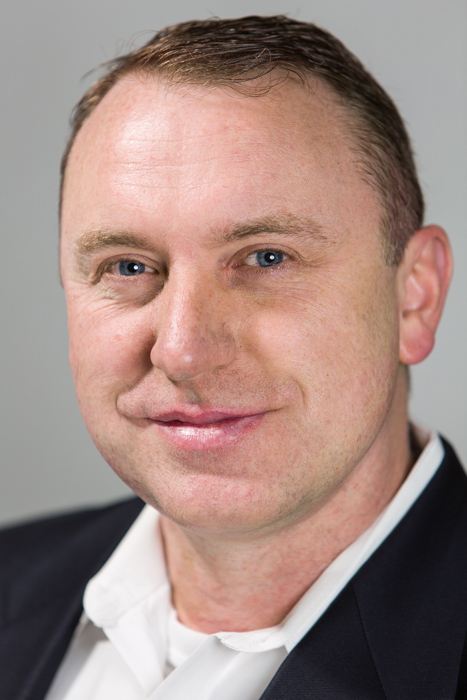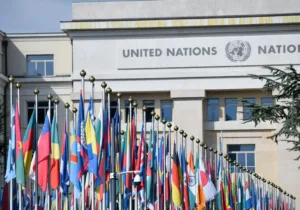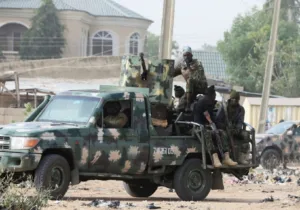In the effort to fight ISIS in Syria, the U.S. government has recently approved supplying arms to Kurdish YPG fighters. But a key NATO ally, Turkey, has condemned the action, claiming the U.S. is empowering the PKK, a Kurdish terrorist group.
Here is what you should know about the issue and the groups involved.
Who are the Kurds?
The Kurds are the fourth largest ethnic group in the Middle East—behind the Arabs, Turks, and Persians—and the largest in the area to not have their own permanent nation-state (though they control a semi-autonomous area of northern Iraq). There are between 25 and 35 million Kurds living in a mountainous region that covers the borders of Turkey, Iraq, Syria, Iran, and Armenia.
Various Kurdish groups are embroiled in several conflicts in the region: against ISIS in Iraq and Syria, against the Assad regime in Syria, and against the government of Turkey.
Who are the YPG?
YPG is the initialism for the Yekîneyên Parastina Gel, which in English is referred to as the People’s Protection Units. Formed in 2004 as the armed wing of a leftist political party, they have become the core of the Syrian Democratic Forces, a militia group supported by the West to fight ISIS. The YPG is considered one of most effective allies of the U.S. in the Syrian conflict.
Who are the PKK?
PKK is the initialism for the Partiya Karkerên Kurdistanê, which in English is referred to as the Kurdistan Workers’ Party. The PKK is a left-wing organization that was formed in the 1970s to fight for an independent Kurdish state within Turkey.
Originally a Marxist-Leninist group, the PPK later adopted “Democratic confederalism,” a libertarian socialist political system developed by one of the party’s founders, Abdullah Öcalan.
The PKK is estimated to have between 3,000 and 10,000 fighters in Turkey and northern Iraq. Turkey, the European Union, and the U.S. all consider the PKK to be a terrorist organization.
What are the goals of the PKK?
Cemil Bayik, another party founder and one of the three men on the PKK Executive Committee, said last year, “We don’t want to divide Turkey. We want to live within the borders of Turkey on our own land freely… The struggle will continue until the Kurds’ innate rights are accepted.”
The Turkish government, though, believes PKK is still attempting to create a separate state within Turkey. The PKK has been the main rebel group behind the Kurdish–Turkish Conflict.
What is the Kurdish–Turkish Conflict?
Kurdish rebellions in the region predate the creation of the modern state of Turkey (created in 1923), and for the past hundred years the Turkish government has responded by abusing and marginalizing its Kurdish citizens. This most recent conflict, though, began in the 1970s when the newly-founded PKK began leading an insurgency against the government.
The fighting continued on-and-off until 2013 when jailed PKK leader Abdullah Öcalan called for a ceasefire and peace talks. After Turkish warplanes attacked PPK camps in northern Iraq in 2015, the fighting resumed.
To date, an estimated 25,000-40,000 people have died during the conflict.
Why does Turkey oppose the YPG and the U.S. alliance with that group?
Turkey considers the YPG to be an extension of the PKK, and has even bombed them (as well as ISIS, whom the PKK is fighting) in northern Syria. The U.S State Department and Pentagon have repeatedly asked Turkey to stop shelling the YPG and urged the Kurds in Syria to avoid provoking Turkey by ceasing to expand their areas of operation near the border.
Earlier this week Turkey said the U.S. was siding with terrorists and warned the U.S. that a decision to arm the PKK could strain relations between the two countries.
—
Joe Carter is an adjunct professor of journalism at Patrick Henry College, an editor for several organizations, and the author of the NIV Lifehacks Bible.
Photo Credit: Kurdish Yekîneyên Parastina Jin (YPJ), or Women’s Protection Units, Fighter. The YPJ is the all-female equivalent to the YPG. By Kurdishstruggle, via Flickr.






